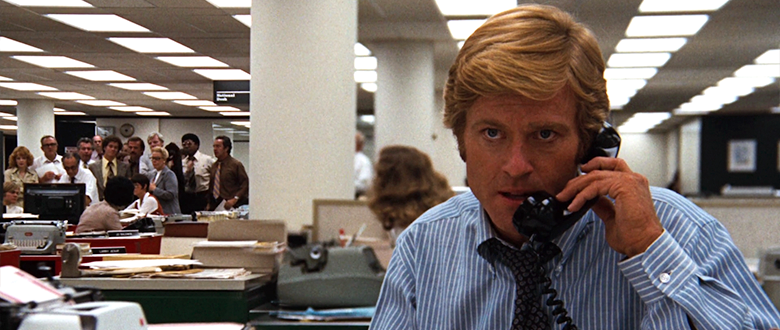How Do They Do That?: Exploring Split Focus
Have you ever seen a shot like this in a favorite film or television show and wondered, “How did they do that?”
There’s something in the foreground in sharp focus, and something in the background in sharp focus. But that’s not how lenses work. How is this done? And, really, why is this done?
When I was younger I assumed this was actually two shots that had been combined in some magical way. I couldn’t envision any other way something like that could be put together. In reality, it’s much more simple.
Meet the split diopter! This is a half convex glass that attaches to the front of a lens to effectively make half the lens nearsighted.
As my colleague Nathan put it, it’s like bifocals for the camera.
Why would a filmmaker use this tool or technique? Well, it brings an unsettling feeling to the shot. The resulting image does not mirror what our eyes do naturally, so it can feel a little jarring at first.
Also, it can really allow the filmmaker to play with depth in a way they wouldn’t be able to otherwise...not this easily at least. Need to see the facial expression on someone in the foreground while simultaneously being able to focus on a detail in the background. Then perhaps the split diopter is the perfect thing.
If nothing else, it just looks cool.
The split diopter really became popular in the 70s. Brian DePalma LOVES this technique. Here’s a cool video showcasing all 15 split diopter shots in his film, BLOW OUT.
I became aware of these through the earlier Quentin Tarantino films. There’s a particularly gruesome example in RESERVOIR DOGS and yet another in PULP FICTION.
And I continue to see them on current television shows like BETTER CALL SAUL (This show is so good.)
Do you have any favorite examples of this?
Better yet, do you have any other “How did they do that?” examples we should write about?


